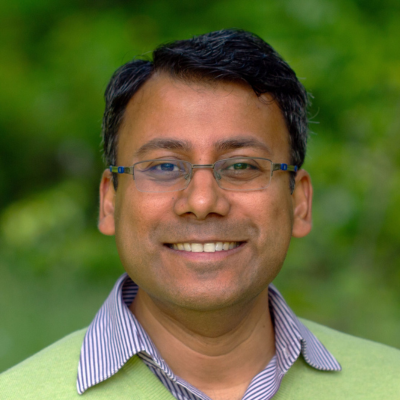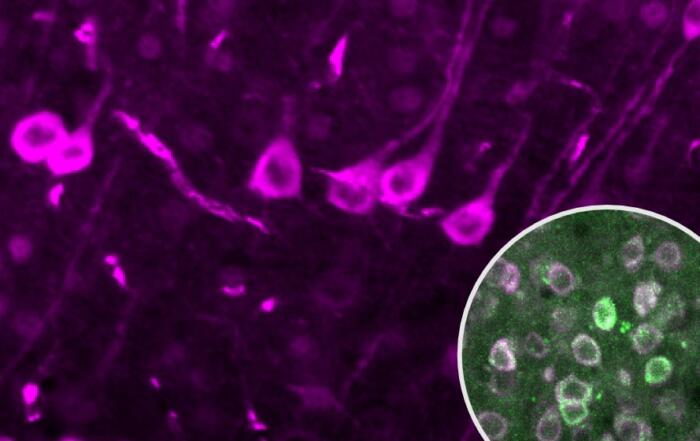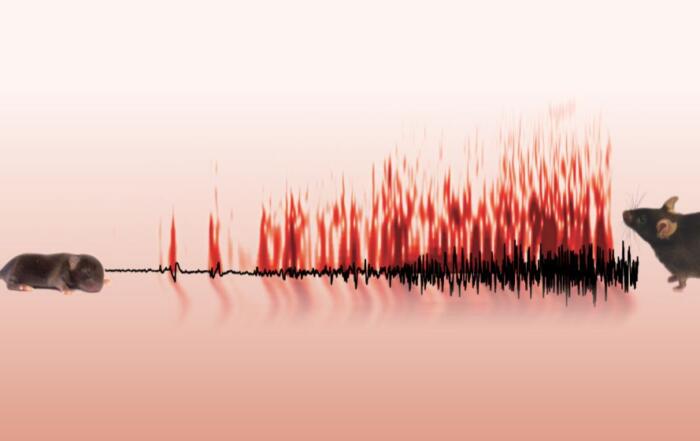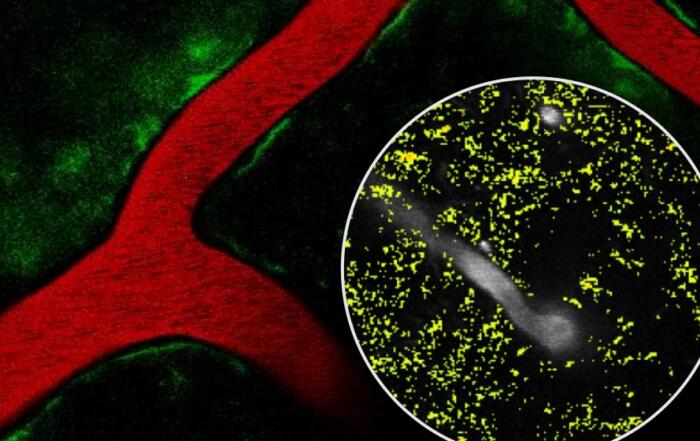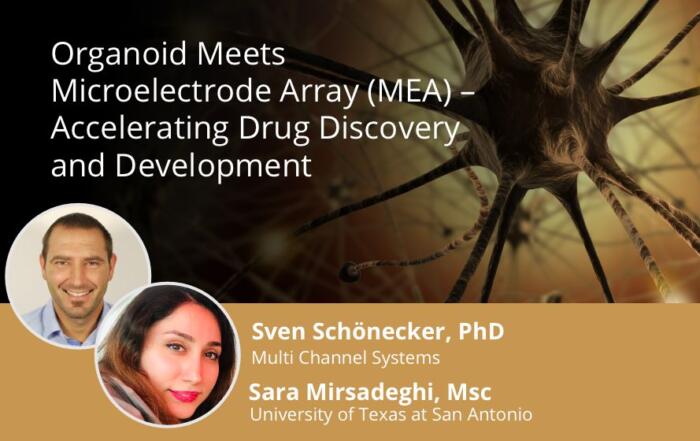In this webinar, Alexey Semyanov, PhD, and Amit Agarwal, PhD, present their work on activity and calcium signaling in neurons, astrocytes, and oligodendrocyte precursor cells (OPCs) during exploratory locomotion behavior in awake and head-fixed mice.
Orchestrated activation of different cell types and their interactions within the brain active milieu provide the cellular basis for brain functions. For example, in mice locomotion triggers a coordinated response of both neurons and astrocytes in various brain regions. In the first part of the webinar, Dr. Semyanov presents his research on calcium (Ca2+) imaging in the somatosensory cortex of awake and head-fixed mice on the airlifted Neurotar platform, including the relationship between localized Ca2+ activity in different cell types and locomotor activity. These results demonstrate that the neuronal Ca2+ response is primary, reflecting sensory input processed by neurons, while astrocytic Ca2+ dynamics are secondary and likely to provide metabolic and homeostatic support of intercellular communication and plasticity within the brain active milieu.
In the second portion of the webinar, Dr. Amit Agarwal presents his work on oligodendrocyte precursor cells (OPCs). Although OPCs mainly generate oligodendrocytes and contribute to myelination, they also form synapses and actively communicate with neurons. Yet, how OPCs translate distinct modes of neuronal signals into cellular signals remains unknown. Dr. Agarwal presents his research addressing this question, including the generation of a triple transgenic mouse line expressing a green genetically encoded Ca2+ sensor (GCaMP6f) and red cytosolic cell-morphology reporter (tdTomato) in OPCs. The data obtained using two-photon microscopy through a chronic cranial window in the somatosensory cortex of these awake mice allow for concomitant calcium imaging and fate-tracking, and together with gene expression studies, pharmacological analysis, and locomotor activity reveal a role for norepinephrine as a potent regulator of OPC fate.
Key Topics Include:
- Optical imaging methods to simultaneously record Ca2+ signals and track cell-fate in brain
- Machine-learning based automatic analysis of Ca2+ signals (CaSCaDe) and exploratory locomotion behavior
- Neurons and glial cells (e.g., astrocytes and OPCs) respond to locomotion by elevations of intracellular calcium
- Astrocytes and OPCs Ca2+ responses are delayed relative to neuronal activation
- Astrocytes possess integrative function – Ca2+ elevations start in distal processes and propagate to soma, where the Ca2+ response amplifies and develops into oscillations
- Cell-type specific chemogenetic manipulation of Ca2+ activity in neurons and glia
- Neuromodulators such as norepinephrine regulate differentiation of OPCs into myelinating oligodendrocytes
Presenters
Professor/Director
Neuroscience
Jiaxing University
Chica and Heinz Schaller Research Group Leader
Neuroscience
Institute for Anatomy and Cell Biology

